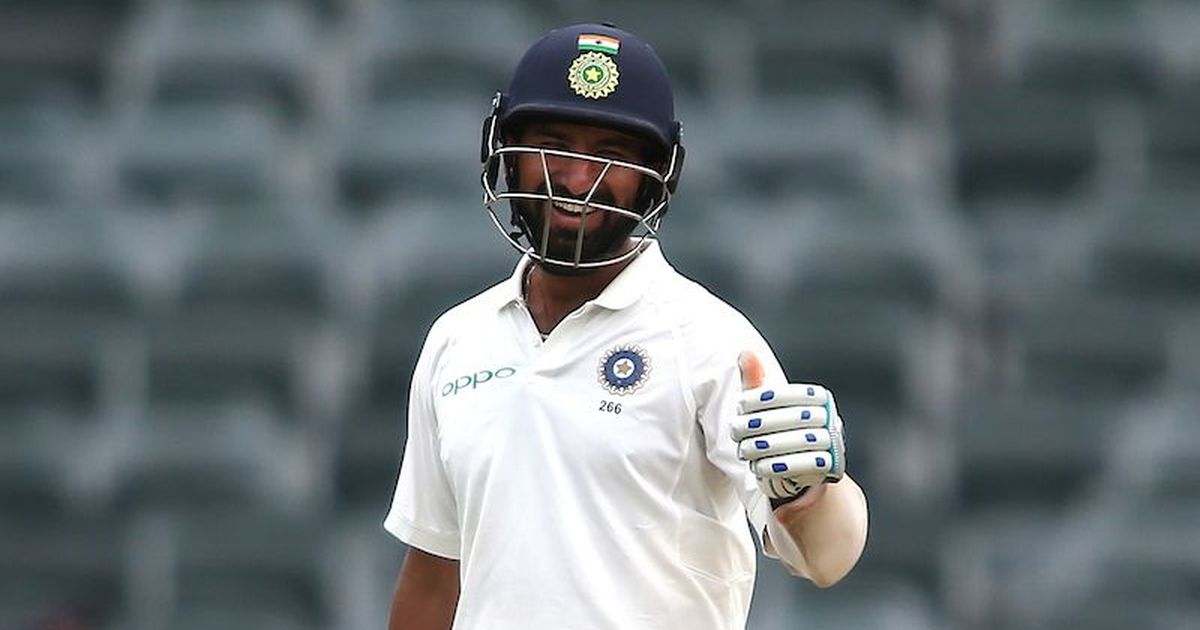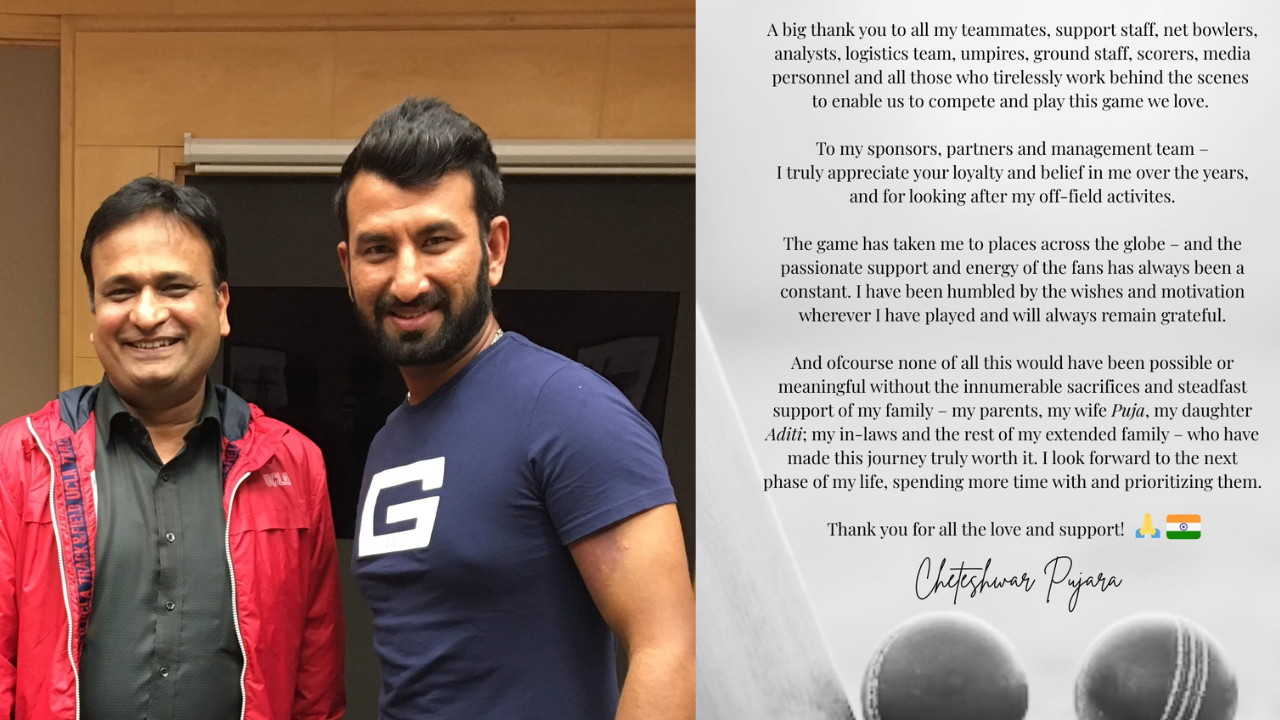Every city has its icons. For Kolkata, it isn’t just the Howrah Bridge or Victoria Memorial. Sometimes it’s a sprawling, green colossus rooted in memory…the Great Banyan tree at the Botanical Gardens in Shibpur. To a wide-eyed child like me, trudging in with my brother on weekend outings, the tree wasn’t just a tree. It was an entire universe – sturdy, sprawling, unbending, yet full of quiet surprises if you looked closely. Years later, when I watch Cheteshwar Pujara bat, I realise that the Banyan had already given me a metaphor for him.
The Banyan tree is not glamorous. It doesn’t bloom with flamboyant colours or intoxicate with seasonal fragrance. It just stands…immense, immovable, a guardian of the garden. Pujara too isn’t about sparkle. No audacious reverse sweeps or T20 pyrotechnics. Instead, he roots himself into the crease with a stillness that seems almost old-fashioned. Like the tree, he isn’t moving anywhere, no matter how many storms, or fiery Australian fast bowlers try to uproot him.
As children, we’d run beneath those endless prop roots that seemed to sprout new trunks of their own, making the Banyan not one tree but a whole forest in disguise. That’s Pujara’s batting as well. At first glance, it seems monotonous – block, leave, defend. But stay long enough, and you see the branching patterns – nudges to third man, late glances, the occasional on-drive that blossoms like sunlight breaking through leaves. The innings expands quietly, relentlessly, until the scoreboard looks like an entire forest has been built while you weren’t paying attention.

I remember modelling myself as an opening batsman in the mould of Sunil Gavaskar, technically correct and focused on impeccable defence. I must admit that Geoffrey Boycott and Chris Tavare have been favorites at various points of time. Pujara was cut from the same cloth.
Families picnicked under that banyan canopy, couples sat whispering on its benches, and children like us played hide and seek in its shade while our parents would sit and eat jhal muri from those very Kolkata newspaper-styled-into-a-paper-bag.. The tree wasn’t about itself; it was about the comfort it gave others! Pujara too is rarely batting for himself. His craft is about shielding, sheltering, absorbing pressure so that others can flourish around him. While the crowd fidgets impatiently, waiting for the sixes, his teammates know that in his shade they can breathe easier, play freer, and attack without fear.
The Banyan has been there for centuries, weathering cyclones, monsoons, heatwaves. It doesn’t complain, doesn’t demand attention. It just endures. And Pujara, with his helmet scuffed and body bruised, is cricket’s banyan taking blows to the ribs in Sydney, ducking bouncers in Johannesburg, staying unbeaten in Ranchi. He isn’t sculpted for glamour; he is sculpted for survival. I had the good fortune to travel with Boria Majumdar and watch him play against Australia at Sydney where he scored a mammoth 193 runs.
As kids, my brother and I would play tag under the tree, darting from root to root, while my parents sat watching quietly. It was a tree that shaped our weekends, our sense of play, our idea of something larger than ourselves. Watching Pujara occupy the crease for hours, I felt that same reassuring largeness…the reminder that not everything needs to be hurried, that some guardians exist simply to endure.
The banyan in Shibpur has outlasted generations, and Pujara’s batting will outlast trends. Both are stubbornly unfashionable, magnificently immovable, and quietly indispensable. You will be missed Cheteshwar.
Also Read: Fare-thee-well — Cheteshwar Pujara retires






